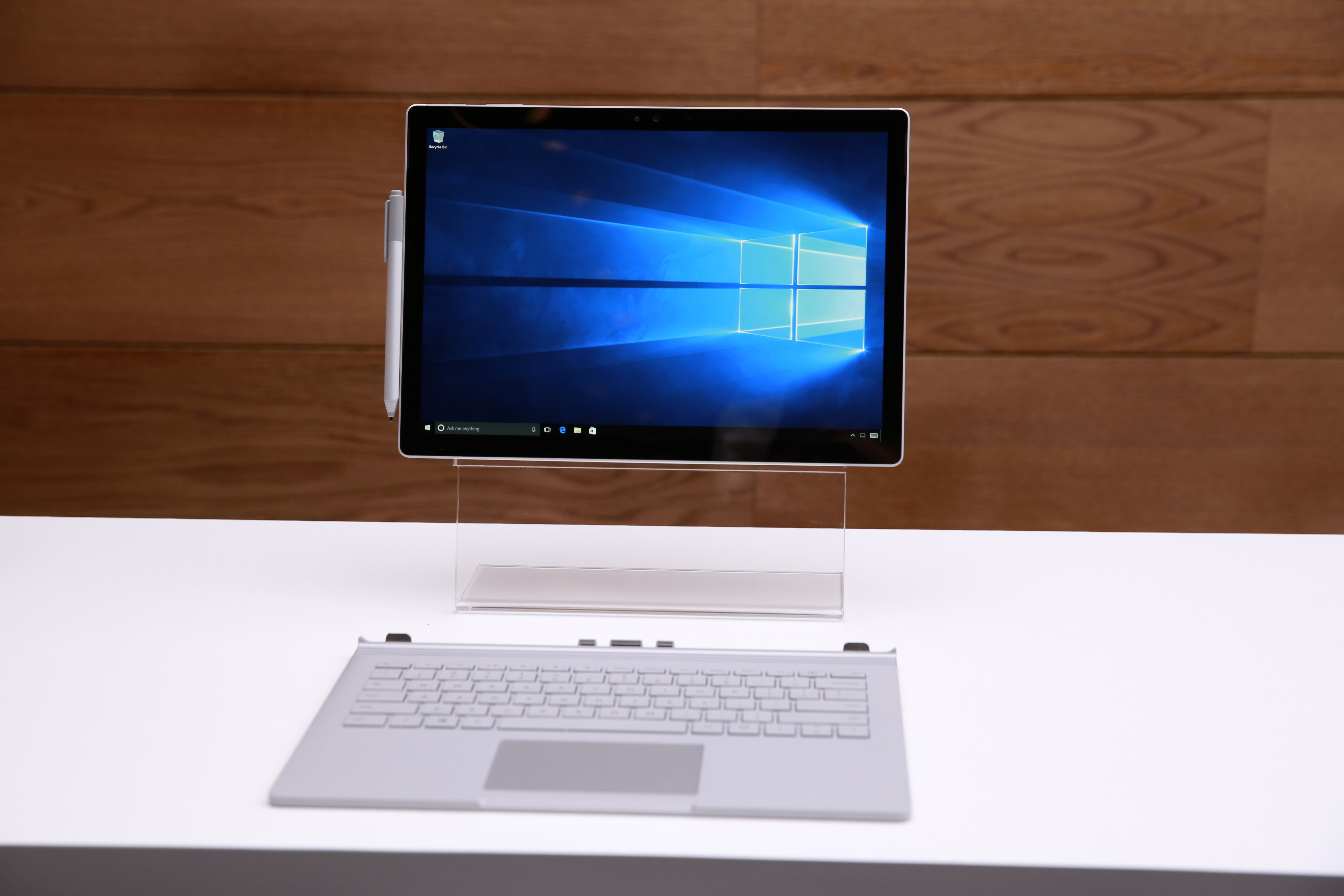Article
Intel’s Ivy Bridge chip packs understated goodies | Business Tech – CNET News
My Comments
Intel are working on the next-generation “Ivy Bridge” computing chipset which will be considered the technical successor to the successful Sandy Bridge chipset.
High-performance integrated graphics
One major benefit that this chipset will offer is graphics performance. Here, these chipsets will be tuned for better performance than Sandy Bridge’s “Intel HD” graphics. This will lead to more powerful Integrated graphics which can also improve on the power economy. Here, this may improve the laptop’s credentials as a gaming machine. This is also augmented by integrated DirectX 11 support for games and advanced graphics applications.
The obvious question is whether it will put AMD and NVIDIA “on notice” as far as their role in supplying discrete graphics chipsets is concerned? I would see this as allowing both these companies to focus their efforts on developing their graphics chipsets as the “performance chipsets”. This is in a similar vein to the likes of Creative Labs who provide highly-tuned sound subsystems for computers;.
Here, it could allow companies intending to offer high-performance computers for CAD and hardcore gaming to implement improved dual-chipset setups while giving mainstreams users including average game players access to improved performance graphics. AMD and NVIDIA could focus on making highly-tuned graphics subsystems that show their prowess in the LAN party or the design office.
USB 3.0
Another bonus that will come about of this would be an improved USB chipset. This will provide low-latency USB data transfer and streaming; as well as inherent support for USB 3.0 . This is compared to the current USB 3.0 implementation which has another chipset serving one or two USB 3.0 ports while another serves a few USB 2.0 ports.
Windows 8
This chipset is intended to be targeted with the impending arrival of Windows 8 and these functions will provide a direct tie-in with the new operating system. This is more so with the USB 3.0 and improved USB functionality which is supported by a new USB service stack in Windows 8.
Conclusion
I would see this new chipset improve all of the computing sectors and could put performance graphics into the reach of the average computer users who will be exposed to more intense graphics and multimedia. The improved data throughput will benefit laptop users who use external storage or USB audio / video peripherals frequently.
At least it is a step towards power-effective, cost-effective high-performance computing for the mainstream.



